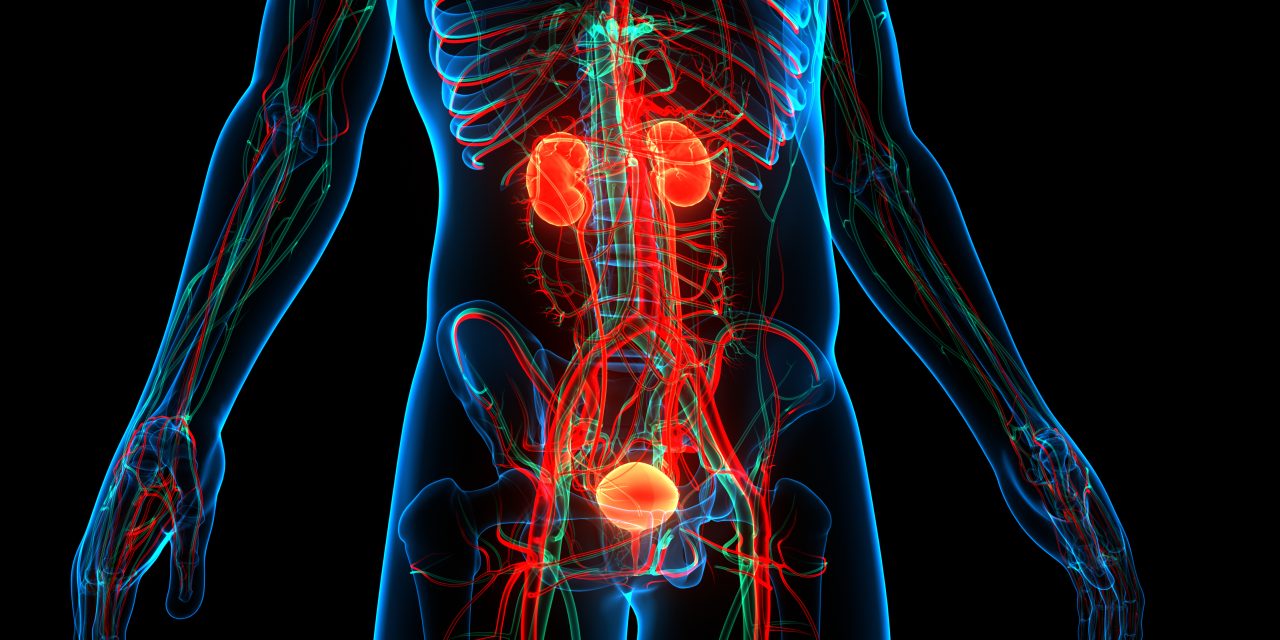Bcl-2-associated athanogene (BAG), a group of proteins evolutionarily conserved and functioned as co-chaperones in plants and animals, is involved in various cell activities and diverse physiological processes. However, the biological functions of this gene family in rice are largely unknown. In this study, we identified a total of six BAG members in rice. These genes were classified into two groups, , , , and are in group I with a conserved ubiquitin-like structure and and are in group Ⅱ with a calmodulin-binding domain, in addition to a common BAG domain. The genes exhibited diverse expression patterns, with showing the highest expression level, followed by and , and preferentially expressed in the panicle, endosperm, and calli. The co-expression analysis and the hierarchical cluster analysis indicated that the and were co-expressed with primary cell wall-biosynthesizing genes, was co-expressed with phytohormone and transcriptional factors, and was co-expressed with disease and shock-associated genes. β-glucuronidase (GUS) staining further indicated that is mainly involved in primary young tissues under both primary and secondary growth. In addition, the expression of the genes under brown planthopper (BPH) feeding, N, P, and K deficiency, heat, drought and plant hormones treatments was investigated. Our results clearly showed that are multifunctional molecules as inferred by their protein structures, subcellular localizations, and expression profiles. in group I are mainly involved in plant development, whereas in group II are reactive in gene regulations and stress responses. Our results provide a solid basis for the further elucidation of the biological functions of plant genes.
The Divergent Roles of the Rice bcl-2 Associated Athanogene (BAG) Genes in Plant Development and Environmental Responses.


